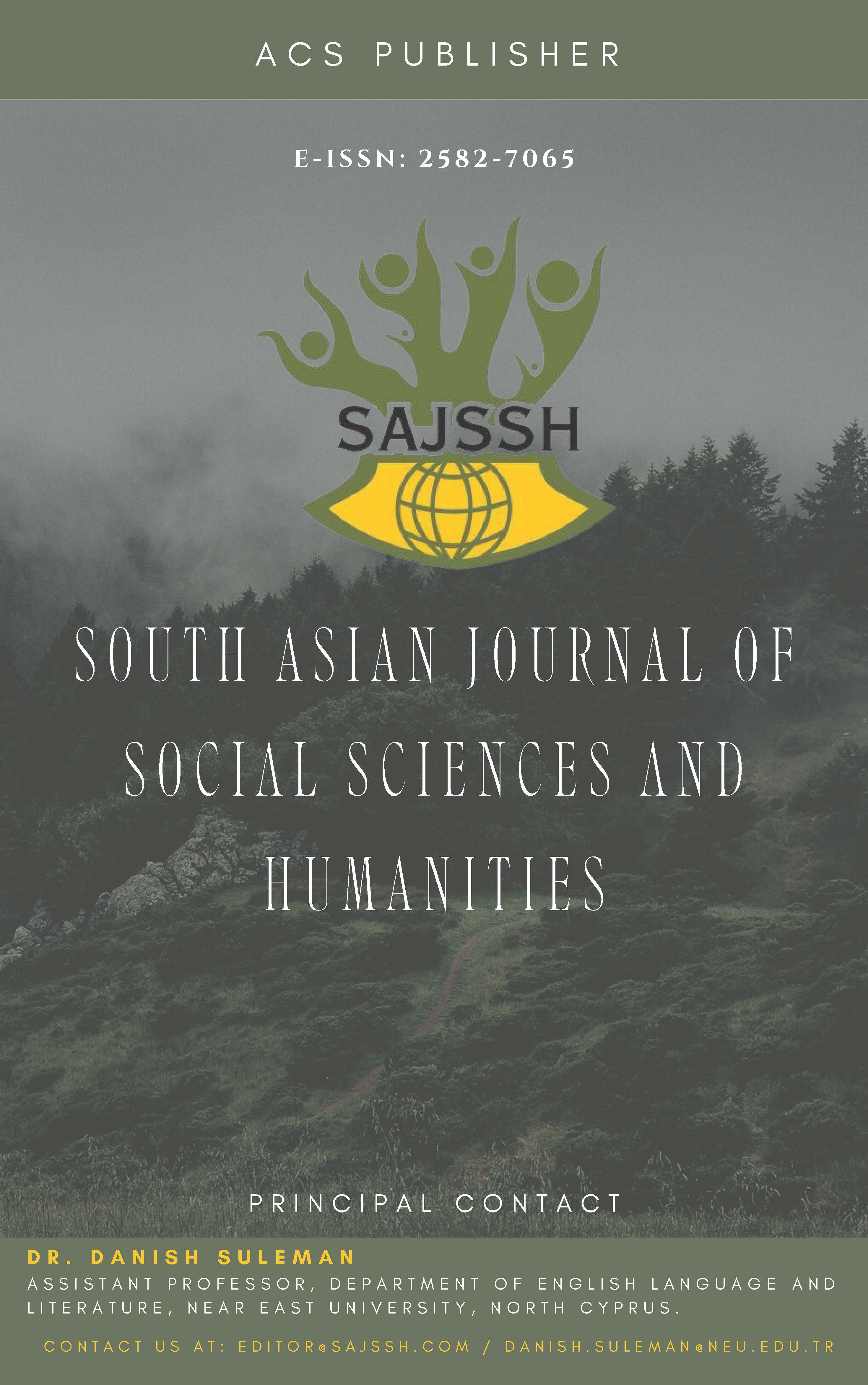Investigation on the Bond and Sukuk market in Malaysia
Keywords:
Conventional bond, Sukuk, portfolio, profitability, Malaysia capital marketAbstract
The Malaysian capital market has a dual full fledged Islamic bond (Sukuk) instrument which operates in parallel with the conventional bond. This study investigates the correlation between the return of Sukuk portfolio differ significantly from conventional bond in Malaysia capital market. For this purpose, we just used the TR BPAM ALL BOND INDEX series from 2008 to 2013. This study is using the paired sample T test and correlation analysis; it found a positive and significant correlation between the returns of the conventional bond and Islamic (Sukuk) bond between the short term maturity bonds comparatively. Interestingly, the individual results of two debt instrument found that there is a noteworthy difference in the mean among long-term maturity of Sukuk and conventional bonds efficiency, which indicates that such two financial products, while traded in the same marketplace, are performed in different ways. The evidence justifies that long term maturity bond and Sukuk indicate that the higher probability of volatility in return and the maturity of the portfolio of bond and Sukuk.
References
Accounting and Auditing Organization for Islamic Financial Institutions (AAOIFI). (2008). Resolution on Sukuk. Retrieved from http://www.aaoifi.com/aaoifi_sb_Sukuk_Feb2008_Eng.pdf.
Ahmad, W. & Radzi, R.M. (2011). Sustainability of Sukuk and conventional bond during financial crisis: Malaysia's capital market. Global Economy and Finance Journal, 4(2), 33-45.
Alam, N., Hassan, K. M., & Haque, M. A. (2013). Are Islamic bonds different from conventional bonds? International evidence from capital market tests. Borsa Istabul Review, 13, 22-29.
Alom, S., Patwary, A. K., & Hasan, M. M. (2020). Factors Affecting the Turnover Intention of Bangladeshi Migrants in the United Arab Emirates: An Empirical Study on the Hotel Industry.
Ariff, M., & Safari, M. (2012). Are Sukuk Securities the Same as Conventional Bonds? Afro Eurasian Studies, 1(1), 101–125. https://doi.org/10.2139/ssrn.1783551.
Bhuiyan, R. A., Rahman, M. P., Saiti, B., & Ghani, G. M. (2019). Co-movement dynamics between global sukuk and bond markets. International Journal of Emerging Markets.
BPAM. (2019). Bond Pricing Agency Malaysia Report. Retrieved from https://bpam.com.my/research files/RSC10.
Cakir, S., & Raei, F. (2007). Sukuk vs conventional bonds: Is there a difference in value at risk? Working Paper. Washington DC: International monetary fund.WP/07/237.
Chin, K. H., Lee, C. Y., Leow, J. F., Tan, B. N., & Wong, E. D. (2018). Correlation between Sukuk rate and conventional bond rate in Malaysia (Doctoral dissertation, UTAR).
Fathurahman, H., & Fitriati, R. (2013). Comparative analysis of return on Sukuk and conventional bonds. American Journal of Economics, 3(3), 159-163.
Godlewski, C., Turk-Arsis, R., & Weill, L. (2013). Sukuk vs conventional bonds: A stock market perspective. Journal of Comparative Economics, 41, 745–761. http://dx.doi.org/10.1016/j.jce.2013.02.006.
Hasnat, M. A., & Alom, S. (2017). The implementation of Kafalah in Islamic banking and finance organizations in Malaysia. Int J Sci Res Publ, 7(7), 768-777.
Hassan, K. A. (2012). Comparison between Sukuk and conventional bonds: Value at risk approach. Master thesis, Westminster University, UK.
House, B. B. A. (2017). A Comparative Analysis between Musharakah Mutanaqisah and Al Baybithaman Ajil Contracts under The Islamic Home Financing In Malaysia. International Journal of Development Research Vol. 07, Issue, 01.
Alom & Hasan Khan 2020 (SAJSSH) Vol. 1, Issue 1, pp. 105-122
Mosaid, F. El, & Rachid Boutti, R. (2014). Sukuk and Bond Performance in Malaysia. International Journal of Economics and Finance, 6(2), 226–234. https://doi.org/10.5539/ijef.v6n2p226
Oakely, D. (2011). Sukuk: Market shows resilience. Retrieved from http://www.ft.com/intl/cms/s/0/31f2629e-7aa1-11e0-8762-0144feabdc0.html#axzz1d6ANxDgU.
Ramasamy, R., Munisamy, S., & Helmi, M. H. M. (2011). Relative risk of Islamic Sukuk over government and conventional bonds. Global Journal of Management and Business Research, 11(6), 4–12.
Rodoni, A., & Setiawan, A. (2016). Risk and Return: Bonds and Sukuk in Indonesia. Al-Iqtishad: Jurnal Ilmu Ekonomi Syariah, 8(2), 255-270.
Saad, N. M., Haniff, M. N., & Ali, N. (2018). Long Term Conventional Bonds versus Long Term Sukuk Issuances and Their Determinants in Malaysia. International Journal of Business and Management, 2(2), 17-25.
Sukor, M.E.A., Muhamad, R. & Gunawa, A.Y. (2008). Malaysian Sukuk: Issues in accounting standard. Shariah Journal, 16(1), 63-74.
Suruhanjaya Sekuriti, Securities Commission Malaysia, (2018). Annual Report. Retrieved from https://www.sc.com.my/api/documentms/download.ashx?id=69b9ad2a-13c7-40bf-b0d3- 341951a62278.
Tahmoures, A. A. (2013). Compare and contrast Sukuk (Islamic Bonds) with conventional bonds, Are they compatible? The Journal of Global Business Management, 9(1), 44–52. Retrieved from http://www.jgbm.org/page/5%20Tahmoures%20A%20%20Afshar.pdf.
Xian, L. J., Leong, R. L. H., Chun, W. K., Yee, W. S., Wen, Y. J., & Soon, W. C. K. (2015). Comparison Between Performance of Sukuk and Conventional Bond in Malaysia. Faculty Of Business And Finance, Department Of Finance, Master Deg(April), 130.
Zakaria, N. B., Isa, M. A. M., & Abidin, R. A. Z. (2012). The construct of Sukuk, rating and default risk. Procedia-Social and Behavioral Sciences, 65, 662–667. http://dx.doi.org/10.1016/j.sbspro.2012.11.181.
Zin, M. Z. M., Sakat, A. A., Ahmad, N. A., Nor, M. R. M., Bhari, A., Ishak, S., & Jamain, M. S. (2011). The effectiveness of Sukuk in Islamic Finance market. Australian Journal of Basic and Applied Sciences, 5(12), 472-478.
Downloads
Published
Issue
Section
License
Copyright (c) 2022 South Asian Journal of Social Science and Humanities

This work is licensed under a Creative Commons Attribution 4.0 International License.





